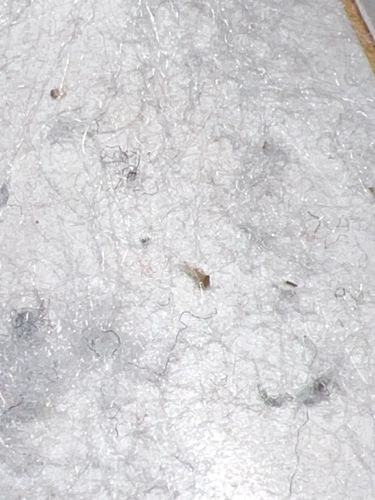Dust Mite
Scientific Name: Dermatophagoides spp.
Order & Family: Acariformes, Pyroglyphidae
Size: 0.2-0.3 mm (microscopic)

Natural Habitat
Human dwellings, especially beds, carpets, upholstered furniture, and anywhere dust accumulates. They thrive in warm, humid environments.
Diet & Feeding
Dead human and animal skin flakes (dander), as well as other organic detritus found in dust.
Behavior Patterns
Dust mites are microscopic arachnids that feed on dead skin cells. They are not parasites and do not bite or sting. They reproduce rapidly under favorable conditions and their waste products (feces) and body fragments are significant allergens. They are primarily active in environments with high humidity.
Risks & Benefits
Potential risks include triggering allergic reactions in sensitive individuals, leading to asthma symptoms, eczema, rhinitis, and conjunctivitis. There are no known benefits to humans, but they play a role in breaking down organic matter in indoor ecosystems.
Identified on: 10/22/2025